Porcupine Wood Products, founded in 1993 in Salmo, British Columbia, specializes in transforming Western Red Cedar logs into high-quality fencing, decking, sidings, and trim boards. The company utilizes slow-growing, second-growth logs with a butt diameter under 20 inches. These logs yield superior lumber characterized by tight grain and small knots, making them ideal for decking, sidings, dimension lumber, and fencing.
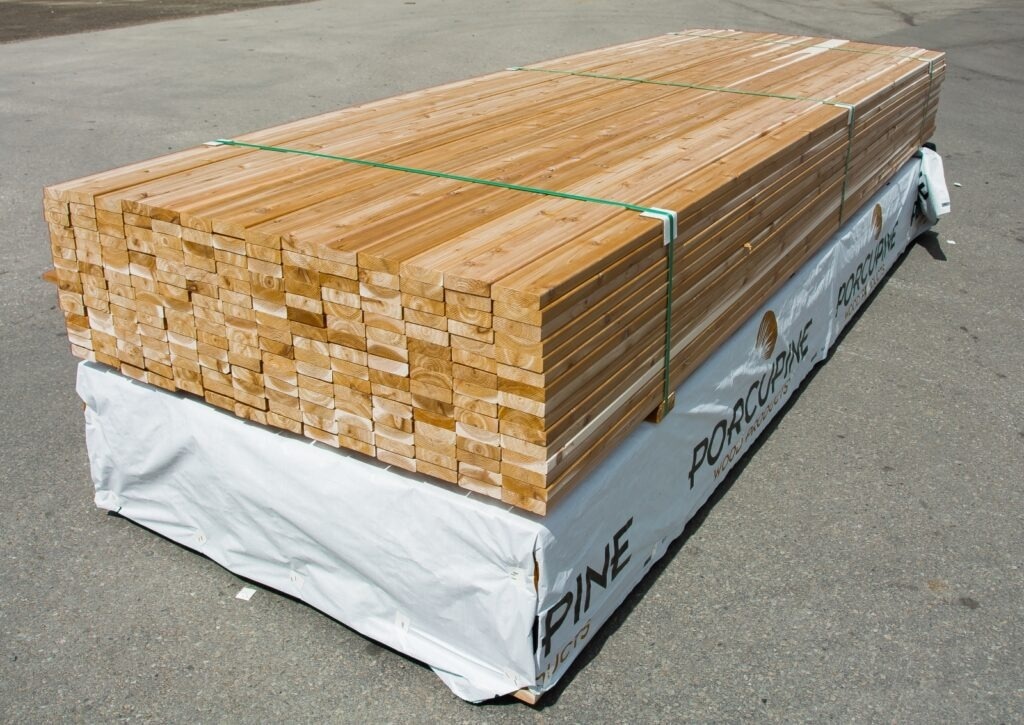
Image Credit: LMI Technologies Inc.
The mill at Porcupine Wood Products offers cedar products that are among the best currently available. In the spring of 2009, Porcupine received certification under the Program for the Endorsement of Forest Certification (PEFC), further establishing its commitment to sustainable forestry practices.
The Challenge
At Porcupine Wood Products, the main challenge faced by mill operators is maintaining up-to-date lumber optimization systems. This is crucial for continuously improving the reliability and enhancing the grade and value of their wood products.
The Solution
To maximize value recovery and achieve optimal product quality, Porcupine collaborated with leading mill automation provider Raptor Integration. Raptor designed and deployed a custom wood optimization solution.
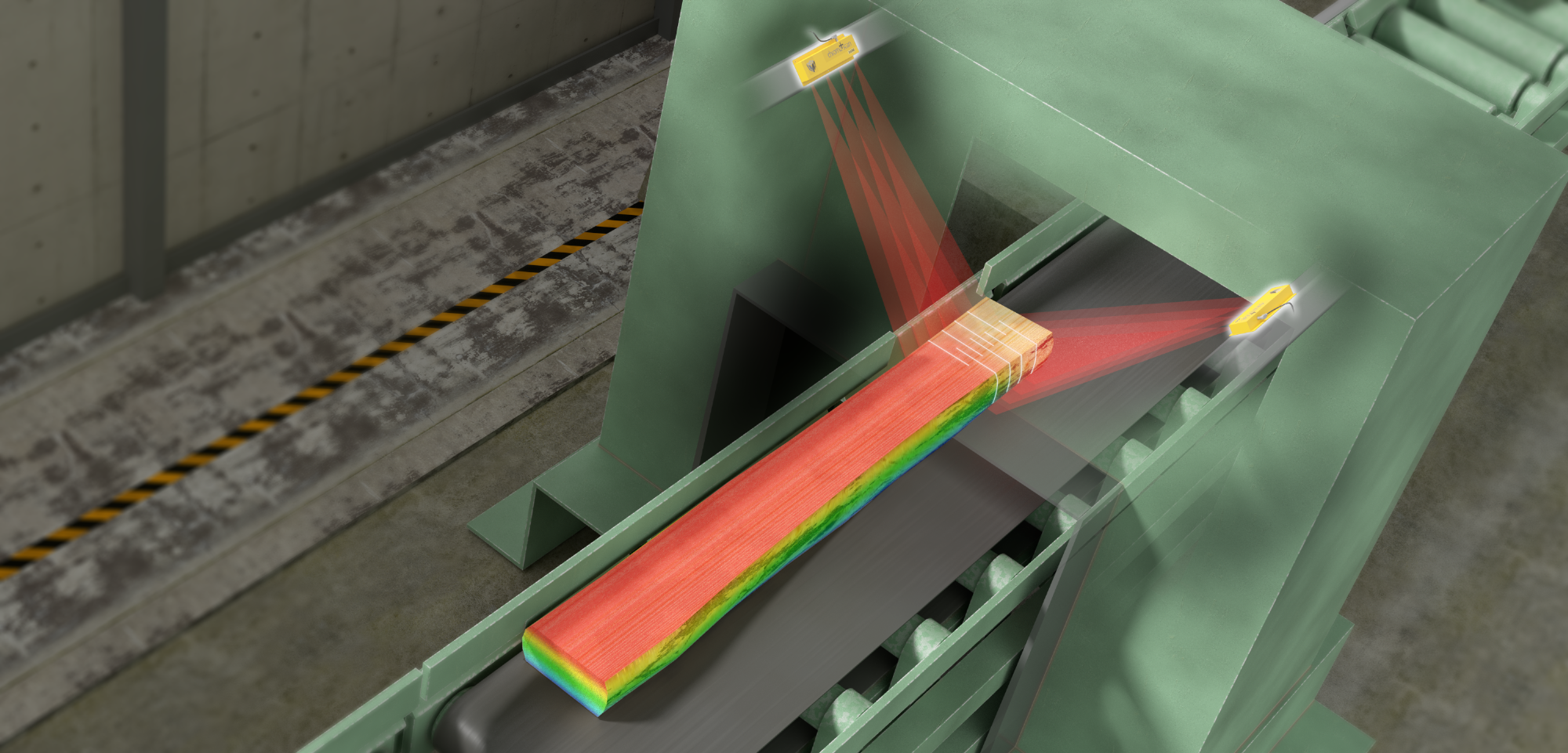
Cant Optimization. Image Credit: LMI Technologies Inc.
Raptor has introduced three advanced machine vision systems for secondary lumber breakdown: a 360°cant scanner, a flitch scanner, and a board scanner. These systems utilize LMIs chroma+scan and Gocator technologies to capture precise raw data. This data is then relayed to Raptor’s software, enabling the optimization of cutlines to maximize value recovery and ensure the highest quality for each piece of lumber.
- 360° Cant Scanner - At the cant scanning station, a network of four Gocator 2180 laser profilers was mounted on a scan frame at the gang saw’s infeed. These sensors provided comprehensive 360°scans of cants as they transitioned from the upstream process. The Gocator sensor network was synchronized to an accuracy of 1 µs, producing a seamlessly stitched 3D point cloud that captured the entire cant—top, bottom, and sides. This detailed imaging facilitated optimal board-cutting decisions and ensured 100 % defect detection. At the gang saw’s outfeed, flitches were directed to a transverse edger queue, while boards were routed to the transverse trimmer queue.
- Flitch Scanner - Mounted above the edger queue, a bank of Gocator 250 multi-point scanners, complemented by Gocator 210 bolt-on light modules, generates detailed geometric data, 3D color vision, and tracheid detection of flitches. The Gocator system provides a comprehensive 2D/3D image profile that is crucial for identifying defects and making the best possible cutting decisions based on the grade of the finished lumber.
- Board Scanner – Raptor’s traverse board scanner utilizes a bank of Chroma+Scan 3155 multi-point scanners to produce a full 3D geometric profile of each board. This profile is essential for calculating optimal trim decisions. The scan data informs measurements of wane, thickness, and width thresholds, ensuring precision in processing.
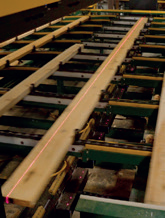
Board Scanning. Image Credit: LMI Technologies Inc.
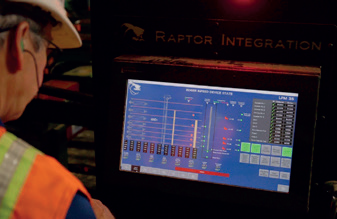
UI Interface. Image Credit: LMI Technologies Inc.
Additionally, the LMI’s sensors provide very high-resolution data, allowing mill operators to detect small anomalies in downstream processes (e.g., wedges) and assist with diagnosing and fixing errors in upstream cutting machinery.

chroma+scan 3155. Image Credit: LMI Technologies Inc.
The Gocator Advantage for Wood
- Easy setup and control with a web browser-based user interface
- 2D+3D data generation for color vision, profile geometry, and tracheid measurement
- Multi-sensor networking for 360° scanning
- Standard communication with PLCs (EtherNetIP, PROFINET, Modbus)

Gocator 2180. Image Credit: LMI Technologies Inc.
Result
Porcupine has witnessed a 15 % increase in value recovery since implementing the Gocator-driven Raptor Integration scanning system.
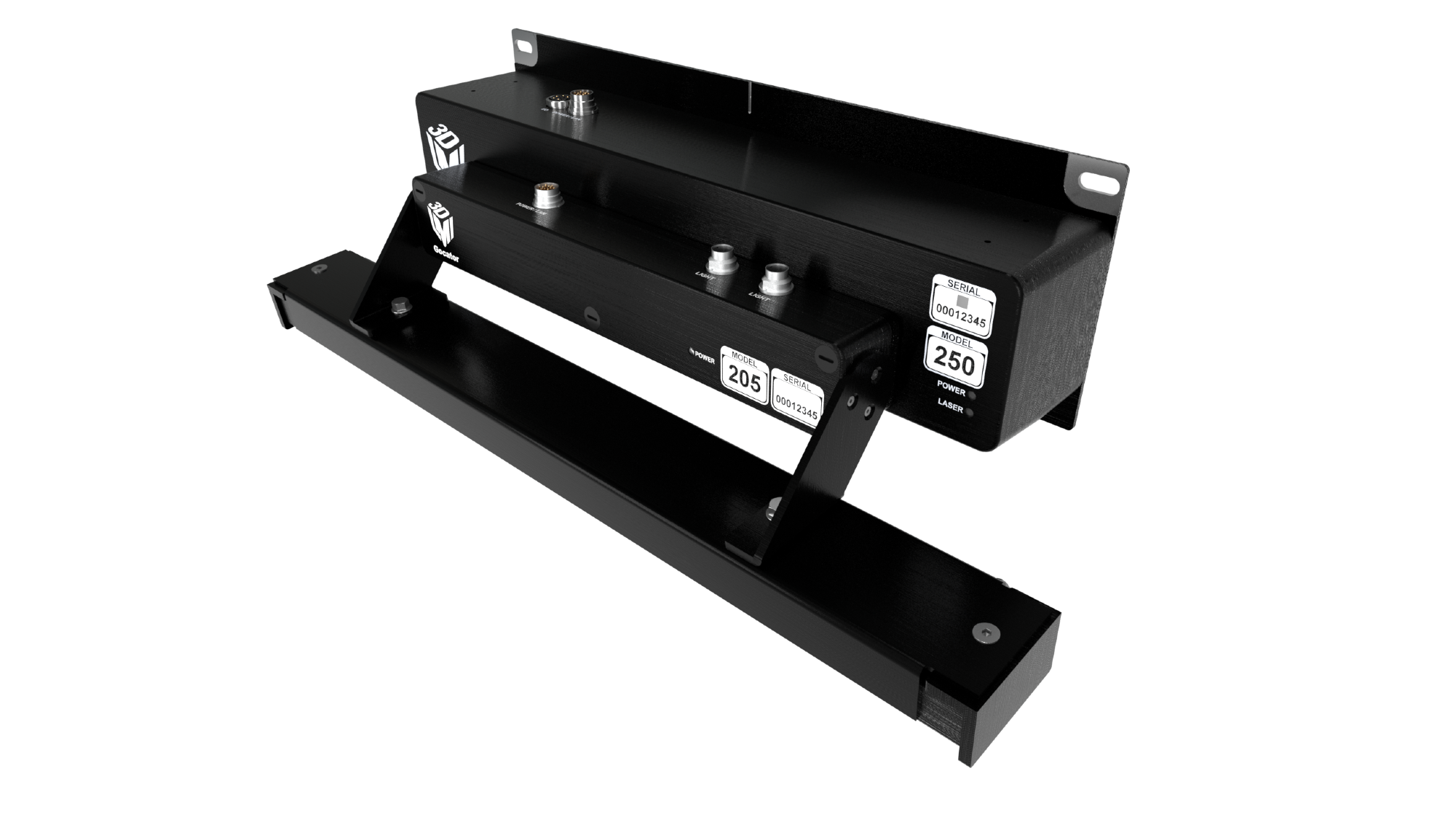
Gocator 250 + 205 (lightbar for color vision). Image Credit: LMI Technologies Inc.
Next Steps
In the future, Porcupine plans to enhance the planer mill by integrating optimization technology to leverage current technological advancements. At present, they rely on lumber graders for this process.
With scanning automation we have increased our output of goodgrade material by more than 15%. The sky is the limit. And it’s not just this type of scanning automation, it’s robotics, it’s everything. When it’s viable economically to me, as a small producer, this is something I want to jump into.
Craig Upper, Porcupine Wood Products General Manager

This information has been sourced, reviewed and adapted from materials provided by LMI Technologies Inc.
For more information on this source, please visit LMI Technologies Inc.